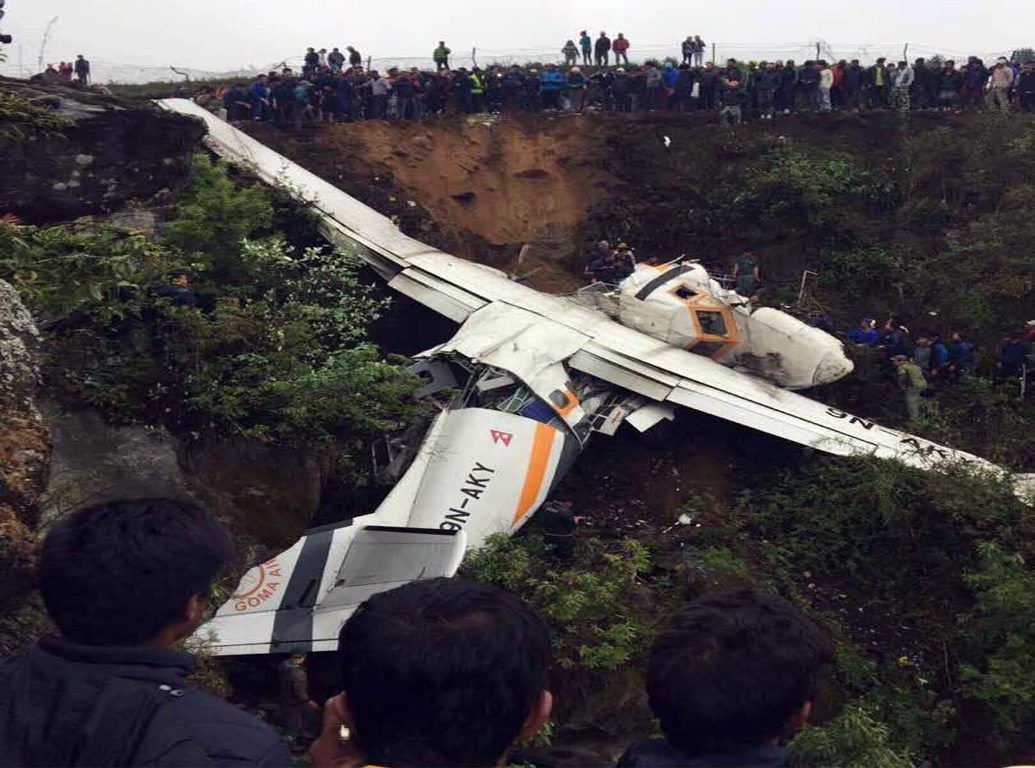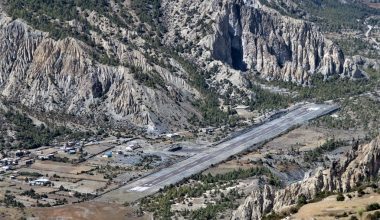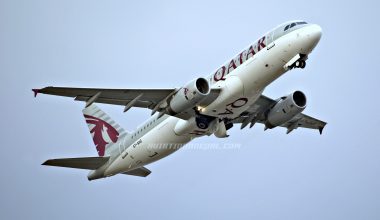First fatal aircraft crash after European Union ban on 2017
MAY 28, 2017-KATHMANDU
All the airline operators of Nepal were banned again on May 16, 2017 by European Union (EU) after failing to meet European Aviation Safety requirements.
Let L-410UVP-E20 operated with registration ‘9N-AKY’-MSN 2917 operated by Goma Air (Summit Air) crashed in an accident when it attempted to land on runway 06 at Lukla-Tenzing-Hillary Airport in Nepal, Saturday noon.
The precise circumstances are unclear. According to the news reports, the aircraft hit a pine tree before landing. The Senior Captain Paras Kumar Rai and First officer Shreejan Manadhar sustained fatal injuries while Cabin Crew Pragya Maharjan was airlifted to Kathmandu today morning and is being treated at Grande International Hospital.
The aircraft was a ferried cargo flight with flight number 509 to Lukla Airport outbound from Tribhuvan International Airport, Kathmandu with three crew members onboard. The captain and First officer sustained fatal injuries and could not survive the crash.
Senior Captain Paras Kumar Rai, permanent resident of Budhanilkantha Municipality, Kathmandu valley with CPL/ATPL License number 299, had logged more than 9000 flight hours under his belt. He was much more experienced pilot in STOL (Short Takeoff and Landing) field as previously he had already flown Dornier and Twin Otter. After he joined Goma Air, he had a type rating on Let-410 aircraft and had already flown more than 1800 hours.
If we put light on the air crash history of Nepal in the year 2017, it’s the first fatal crash in Nepal’s Aviation. Nearly more than half total aviation accidents and incidents took over due to the difficult topography and terrain in Nepal and its aloofness towards the airplanes flying across the sky.
The high mountains, the ridges and the gorges that have been the exclusivity and lure of the country have also been one of the main reasons for fatalities in the aviation sector.
The Nepalese sky is considered a trying experience in terms of its difficulty level. But, on the process, there has been some intriguing enigma of the growing number of CFIT (controlled flight in terrain) accidents though its answers lies at the terrain unawareness and sloppiness towards the upfront hitches during the cruise of the aircraft especially in the higher belts of the mountainous regions where the critically sited airstrips require rigorous flying aptitude stressing on the landing and take-off period of the aircraft during when the most of the unfortunate incidents have been cited.
The lackluster adherence to flying and air safety norms and rules has made more dangerous for the Nepalese sky.
Furthermore, the aviation industry here in Nepal lacks skilled manpower and modern technologies which are the factors highly responsible for underestimating aviation safety. The one and only international airport of Nepal is facing the problem of insufficient parking spaces, increasing air traffic, strong security measures, proper airport facilities and many more.
As previous report, the same aircraft LET 410 UVP-E20 ‘9N-AKY’ had previously met with minor incident on June 2 2015, when the aircraft nose gear was locked during landing at Pokhara Airport from Jomsom Airport. Fortunately at the period, all the 18 passengers and crew members were safe.
Air safety is something you should bear in mind when deciding to fly internally in Nepal, but this has to be weighed up against the risks of travelling by road and the time that is saved by flying. Given the choice between a 45-minute flight and a 17-hour bus ride on poorly maintained mountain roads, most people prefer to fly.








